John Hurrell – 4 August, 2012
One work (Persistent Theory) consists of a series of photographs of the bottom of Mercator's famous 1569 map, highlighting its southern polar section. The five coloured images lean against the red backs of chairs, seemingly of negotiators and lined up in a row, arranged in a sequence of map sections that overlaps. It is as if each ornate frame was a greedy nation eyeing up its prospects for gaining more natural resources.
Redoubting Antarctica is an intriguing title and with it Ruth Watson questions the conventional wisdoms that circulate around the ‘untouched’ southern polar continent, expressing her concern for its protection (a redoubt is a military fort on a border), especially as its status as a potentially valuable mineral and oil resource will be renegotiated in 2048. In the eighty-nine years between that time and the old inaugural ‘protecting’ treaty the world’s population will have doubled.
This show focuses on that coming moment of crisis, when seven different countries which have put forward claims, can start prospecting for minerals. Watson did a science residency there in the summer of 2011-12, examining these issues.
One work (Persistent Theory) consists of a series of photographs of the bottom of Mercator’s famous 1569 map, highlighting its southern polar section. The five coloured images lean against the red backs of chairs, seemingly of negotiators and lined up in a row, arranged in a sequence of map sections that overlaps. It is as if each ornate frame was a greedy nation eyeing up its prospects for gaining more natural resources.
Several items like this emphasise the treaty. Another is 2048, a sizable filing and carborundum coated disc that shows Antarctica as a target, pointedly resting on stacks of books about world history.
Others reference global warming and the melting ice sheets that change Antarctica’s borders. A large loose canvas hanging by the entrance uses lines of polymer on which are stuck filings and carborundum to showing yearly predictions of Antarctica’s changing contours and its regularly shifting airstrip. The straight, many angled runways above play against the skeins of overlapping coastline below. As different sorts of line bearing an eco-commentary they make a dynamic combination, especially when you compare different years -airstrip and coastal position - together.
Another more oblique work, Before the fact, after the fact shows a white, curved, parabola based, plywood backdrop and platform on which visitors can pose for photographs under the hot glare of blinding lights. As a sculpture it represents something once documented but now absent - or else indefinable, as in a whiteout. It’s a clever way of linking the gallery space with a geographical entity that here is quite abstract, especially without landscape photographs.
Marks of ruled biro and Reynoldslike scribbled pastel balls, applied directly to maps, alternate in a row of framed drawings. Watson’s biro works need to be examined close up, for some of the delicate short lines could almost be threads of cut cotton, covering over the printed land mass and smothering it like soft filings. These are finely made, intricate images, showing variations of an eroded Antarctica surface with coastal remnants peaking through, some demonstrating extraordinary precision, others an uncharacteristically turbulent freneticism.
Redoubting Antarctica is in many ways a typical Watson show, a scholarly tight presentation that avoids spontaneity and stays focussed. Cool and informative, it remains passionate in its alarm, clever in its layering and precise in its execution.
John Hurrell
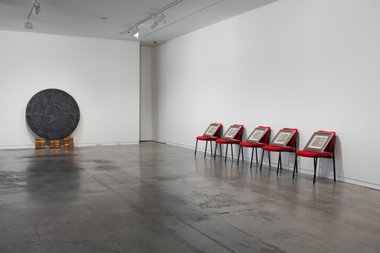
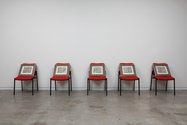
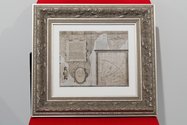
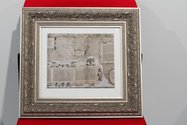
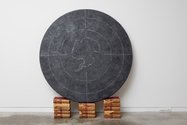
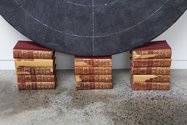

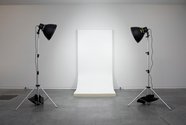
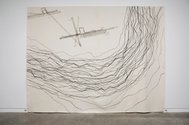
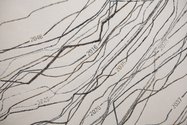
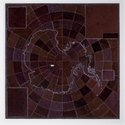

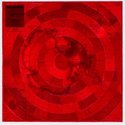
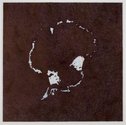
 Two Rooms presents a program of residencies and projects
Two Rooms presents a program of residencies and projects Advertising in this column
Advertising in this column



This Discussion has 0 comments.
Comment
Participate
Register to Participate.
Sign in
Sign in to an existing account.